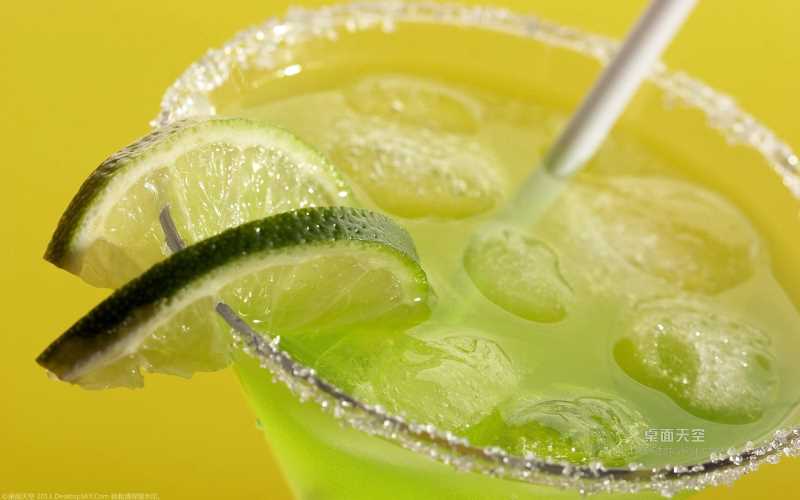
半透明AlphaBlend是一种图像处理技术,在图像处理领域广泛应用于实现图像的透明效果。它主要通过调整图像像素的不透明度来实现图像的半透明效果,同时基于像素之间的亮度差异,利用透明度来混合两个图像。
AlphaBlend的原理是基于两个图像之间的混合操作。每个像素的颜色值由原图像和背景图像的颜色按照一定比例混合而成,混合比例由像素的不透明度来决定。Alpha通道是一种额外的颜色分量,用于表示像素的不透明度,通常在0到255之间进行取值,0表示完全透明,255表示完全不透明。
AlphaBlend的处理步骤如下:
1. 获取原图像和背景图像的像素数据。
2. 遍历每个像素,分别获取原图像和背景图像的颜色值和Alpha值。
3. 根据Alpha值计算混合比例,可以使用线性插值法、加权平均法等计算方法。
4. 根据混合比例,计算得到新的像素颜色值。
5. 将新的像素颜色值写回到目标图像中。
AlphaBlend可以实现多种效果,例如图像的淡入淡出、图像的渐变过渡、图像的叠加等。它在图像处理、图像合成、视频特效等领域有着广泛的应用。
以下是一个使用AlphaBlend实现图像淡入淡出效果的案例:
```cpp
#include void AlphaBlendImage(const BITMAPINFO* pSourceBitmapInfo, const BYTE* pSourceBitmapData, BITMAPINFO* pTargetBitmapInfo, BYTE* pTargetBitmapData, int width, int height, BYTE alpha) { for (int y = 0; y < height; y++) { for (int x = 0; x < width; x++) { int sourcePixelIndex = y * pSourceBitmapInfo->bmiHeader.biWidth * 4 + x * 4; int targetPixelIndex = y * pTargetBitmapInfo->bmiHeader.biWidth * 4 + x * 4; BYTE sourceBlue = pSourceBitmapData[sourcePixelIndex]; BYTE sourceGreen = pSourceBitmapData[sourcePixelIndex + 1]; BYTE sourceRed = pSourceBitmapData[sourcePixelIndex + 2]; BYTE sourceAlpha = pSourceBitmapData[sourcePixelIndex + 3]; BYTE targetBlue = pTargetBitmapData[targetPixelIndex]; BYTE targetGreen = pTargetBitmapData[targetPixelIndex + 1]; BYTE targetRed = pTargetBitmapData[targetPixelIndex + 2]; BYTE targetAlpha = pTargetBitmapData[targetPixelIndex + 3]; BYTE mixedBlue = (sourceBlue * alpha + targetBlue * (255 - alpha)) / 255; BYTE mixedGreen = (sourceGreen * alpha + targetGreen * (255 - alpha)) / 255; BYTE mixedRed = (sourceRed * alpha + targetRed * (255 - alpha)) / 255; BYTE mixedAlpha = (sourceAlpha * alpha + targetAlpha * (255 - alpha)) / 255; pTargetBitmapData[targetPixelIndex] = mixedBlue; pTargetBitmapData[targetPixelIndex + 1] = mixedGreen; pTargetBitmapData[targetPixelIndex + 2] = mixedRed; pTargetBitmapData[targetPixelIndex + 3] = mixedAlpha; } } } int WINAPI WinMain(HINSTANCE hInstance, HINSTANCE hPrevInstance, LPSTR lpCmdLine, int nCmdShow) { BITMAPINFO sourceBitmapInfo; sourceBitmapInfo.bmiHeader.biSize = sizeof(BITMAPINFOHEADER); sourceBitmapInfo.bmiHeader.biWidth = 800; sourceBitmapInfo.bmiHeader.biHeight = 600; sourceBitmapInfo.bmiHeader.biPlanes = 1; sourceBitmapInfo.bmiHeader.biBitCount = 32; sourceBitmapInfo.bmiHeader.biCompression = BI_RGB; BITMAPINFO targetBitmapInfo; targetBitmapInfo.bmiHeader.biSize = sizeof(BITMAPINFOHEADER); targetBitmapInfo.bmiHeader.biWidth = 800; targetBitmapInfo.bmiHeader.biHeight = 600; targetBitmapInfo.bmiHeader.biPlanes = 1; targetBitmapInfo.bmiHeader.biBitCount = 32; targetBitmapInfo.bmiHeader.biCompression = BI_RGB; BYTE* sourceBitmapData = new BYTE[sourceBitmapInfo.bmiHeader.biWidth * sourceBitmapInfo.bmiHeader.biHeight * 4]; BYTE* targetBitmapData = new BYTE[targetBitmapInfo.bmiHeader.biWidth * targetBitmapInfo.bmiHeader.biHeight * 4]; // 从文件加载原图像和背景图像,并将图像数据复制到sourceBitmapData和targetBitmapData中 // 执行AlphaBlend操作 for (BYTE alpha = 0; alpha <= 255; alpha++) { AlphaBlendImage(&sourceBitmapInfo, sourceBitmapData, &targetBitmapInfo, targetBitmapData, sourceBitmapInfo.bmiHeader.biWidth, sourceBitmapInfo.bmiHeader.biHeight, alpha); // 在界面上显示混合结果 HDC hDC = GetDC(NULL); HDC hMemDC = CreateCompatibleDC(hDC); HBITMAP hBitmap = CreateCompatibleBitmap(hDC, sourceBitmapInfo.bmiHeader.biWidth, sourceBitmapInfo.bmiHeader.biHeight); SelectObject(hMemDC, hBitmap); SetDIBitsToDevice(hMemDC, 0, 0, sourceBitmapInfo.bmiHeader.biWidth, sourceBitmapInfo.bmiHeader.biHeight, 0, 0, 0, sourceBitmapInfo.bmiHeader.biHeight, targetBitmapData, &targetBitmapInfo, DIB_RGB_COLORS); BitBlt(hDC, 0, 0, sourceBitmapInfo.bmiHeader.biWidth, sourceBitmapInfo.bmiHeader.biHeight, hMemDC, 0, 0, SRCCOPY); DeleteDC(hMemDC); DeleteObject(hBitmap); ReleaseDC(NULL, hDC); Sleep(10); } delete[] sourceBitmapData; delete[] targetBitmapData; return 0; } ``` 在这个案例中,我们创建了两个图像,sourceBitmap和targetBitmap,然后通过遍历alpha值的范围,逐渐将sourceBitmap的图像数据与targetBitmap的图像数据进行AlphaBlend处理,最终实现图像的淡入淡出效果。 通过以上的代码实例,我们可以看到AlphaBlend是一个强大而灵活的图像处理技术,可以实现各种图像效果。在实际应用中,我们可以根据需求灵活应用AlphaBlend来实现各种图像处理、图像合成以及视频特效等功能。 如果你喜欢我们三七知识分享网站的文章,
欢迎您分享或收藏知识分享网站文章
欢迎您到我们的网站逛逛喔!https://www.37seo.cn/


![最新版TikTok 抖音国际版解锁版 v33.8.4 去广告 免拔卡[免费网盘]](https://www.37seo.cn/uploads/20240316/368374f292fe1b61eead785c71e11147.jpg)
发表评论 取消回复